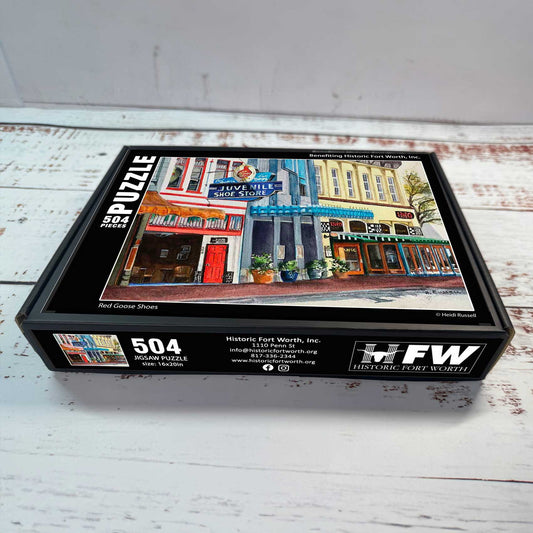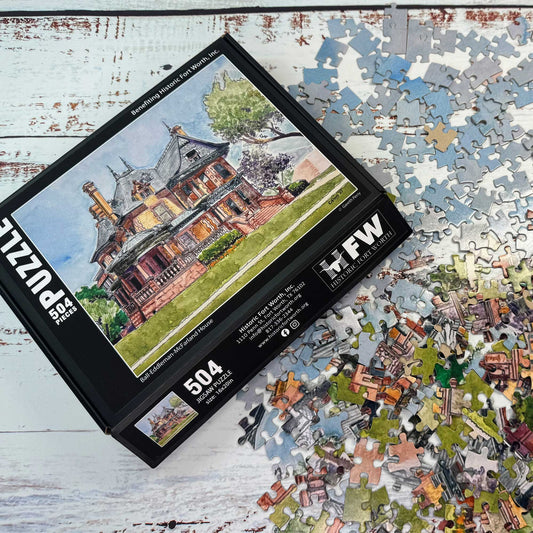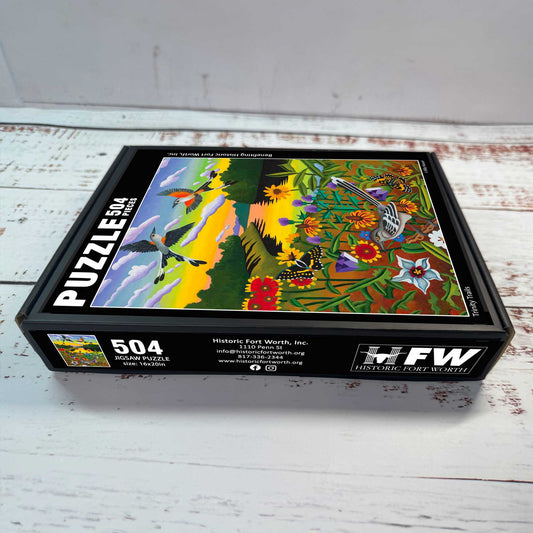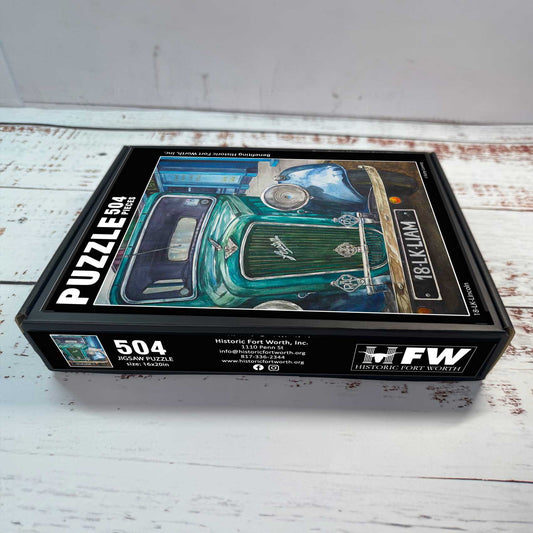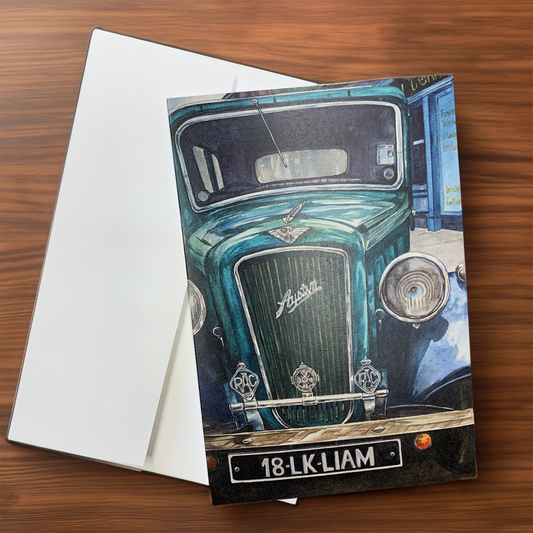
Historic Fort Worth, Inc. Gift Shop
All of the books and gifts purchased on this site help support our mission. Historic Fort Worth, Inc. is dedicated to preserving Fort Worth’s unique historic identity through stewardship, education and leadership.
Historic Fort Worth, Inc. is a 501(c)(3) charitable organization.
Featured products
-
Red Goose Shoes Jigsaw Puzzle
Regular price $35.00 USDRegular priceUnit price / per -
McFarland House Puzzle
Regular price $35.00 USDRegular priceUnit price / per -
Trinity Trails Jigsaw Puzzle
Regular price $35.00 USDRegular priceUnit price / per -
White Horse on Black Jigsaw Puzzle
Regular price $35.00 USDRegular priceUnit price / per -
Morning Flight Jigsaw Puzzle
Regular price $35.00 USDRegular priceUnit price / per -
18-LK Lincoln Jigsaw Puzzle
Regular price $35.00 USDRegular priceUnit price / per
Multimedia collage
Note Cards - Assorted

Home and Office
Things for use in home or at the office
-
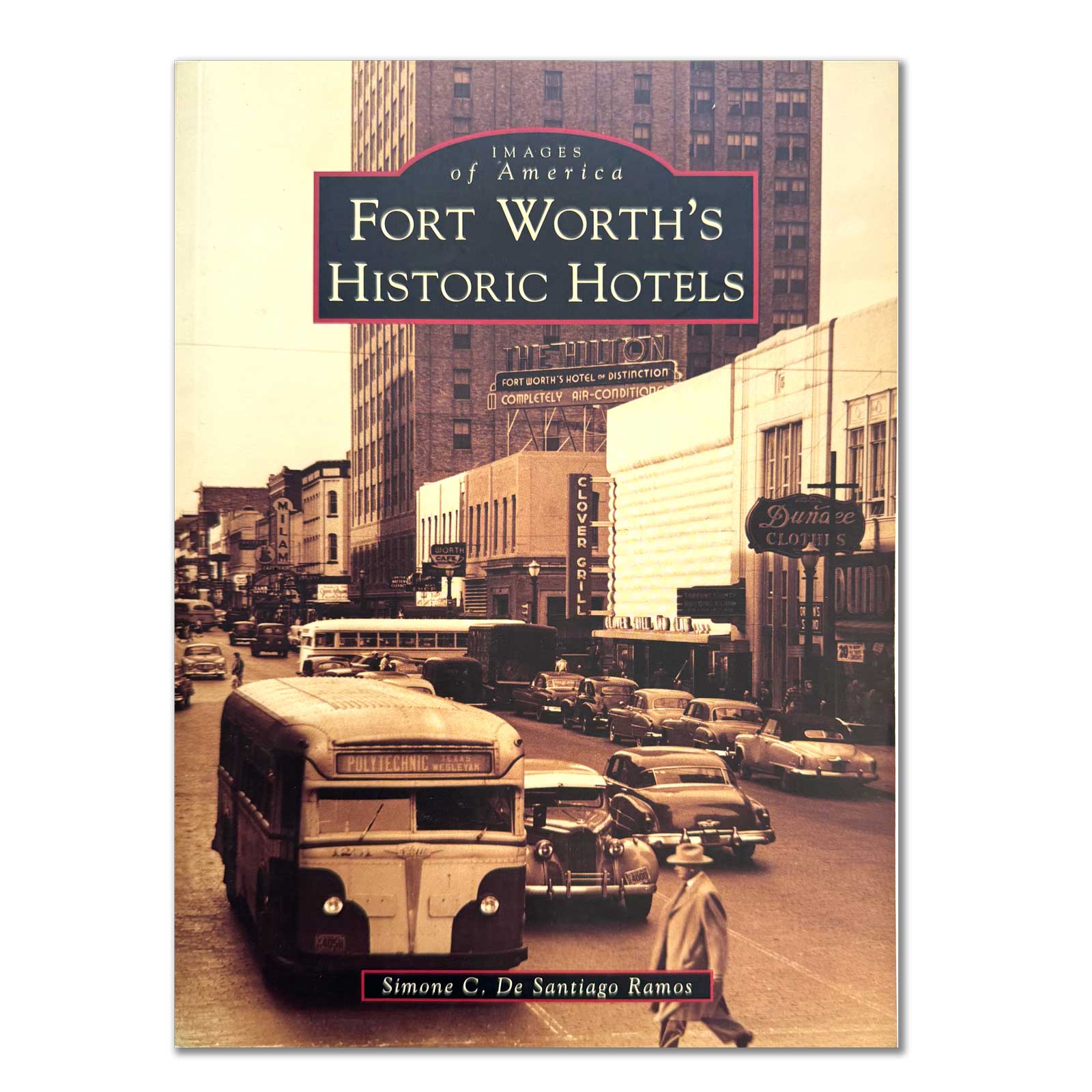
Fort Worth Historic Hotels
Order HereFort Worth, originally named Camp Worth, was founded as an army outpost in 1849, and the old cavalry stables became Fort Worth's first hotel. The Texas & Pacific Railroad arrived in Fort Worth in July 1876, bringing the need for more lodging. Shortly after its arrival, boardinghouses and simple accommodations were quickly opened. At the turn of the century, Fort Worth became a center for cattle ranchers, and the first luxury hotels were built.
-
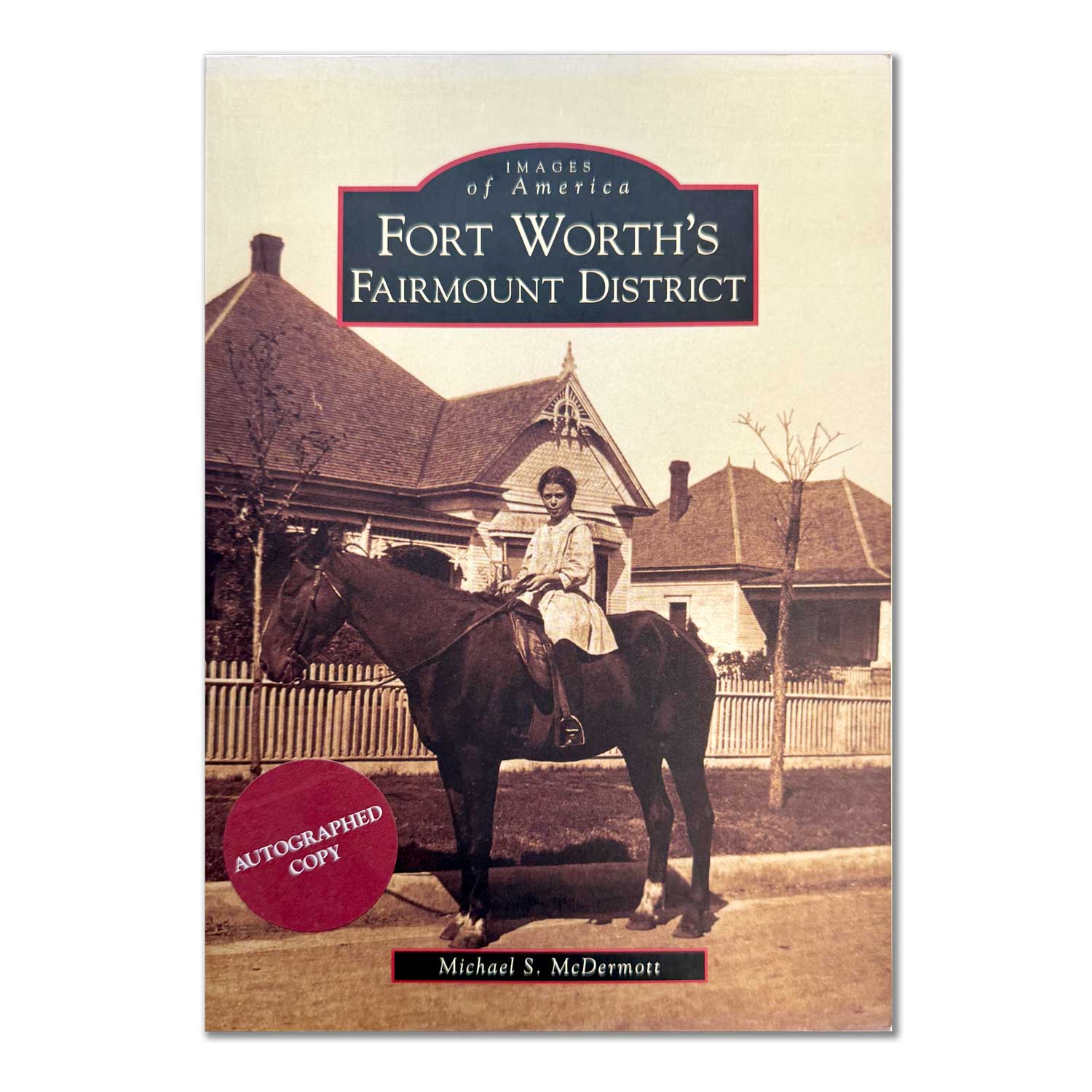
Fort Worth's Fairmount District
Order HereFort Worth is called the city "Where the West Begins," and 100 years ago, the neighborhood known as Fairmount was where the south side ended. Now considered inner city, the Fairmount Southside Historic District is actually numerous smaller subdivisions including the largest, the Fairmount addition, and the smallest, the dubiously named Swastika Place. The neighborhoods were home to early merchants, lawyers, judges, artists, and small-business owners-many of whom went on to local and national fame.
-

Fort Worth Parks
Order HereFort Worth sits on a blend of timber and prairie land that is transected by the Trinity River and its tributaries. These physical attributes invited the creation of parks to preserve scenic landscapes and to provide Fort Worth residents with access to nature. Generous land donations as well as the foresight of city leaders allowed for the acquisition of park land, particularly after the formation of the park department in 1909. Local architects and such well-known names as George E. Kessler, Hare and Hare, Philip Johnson, and Lawrence Halprin have left a rich legacy of nationally recognized parks and recreational amenities.


